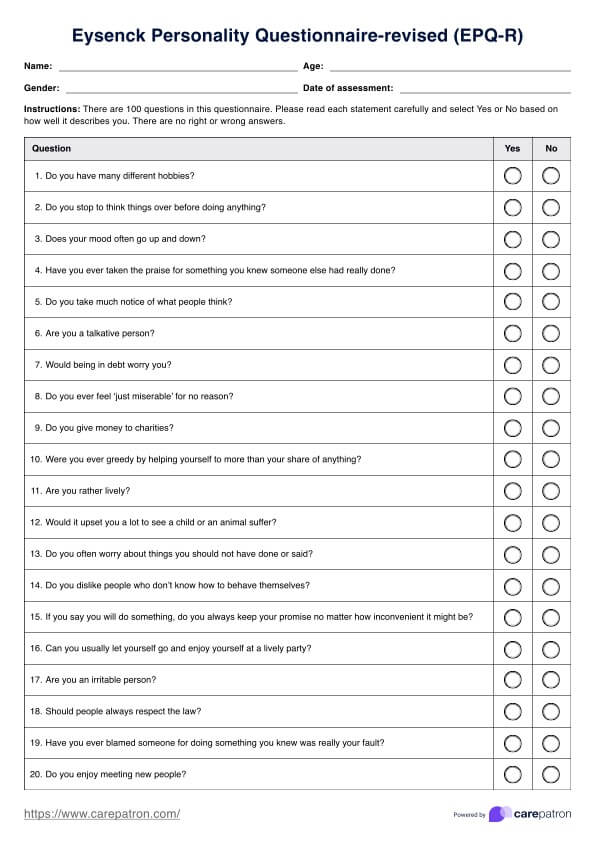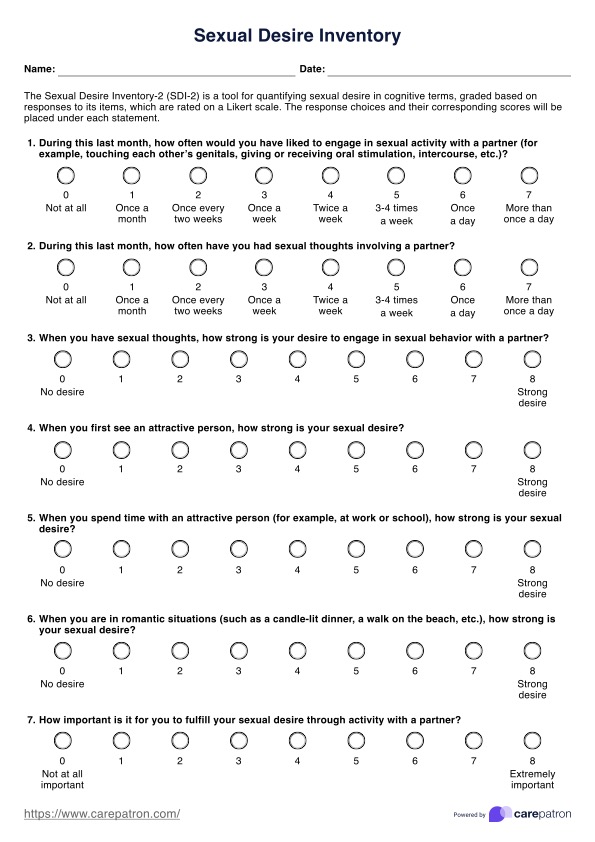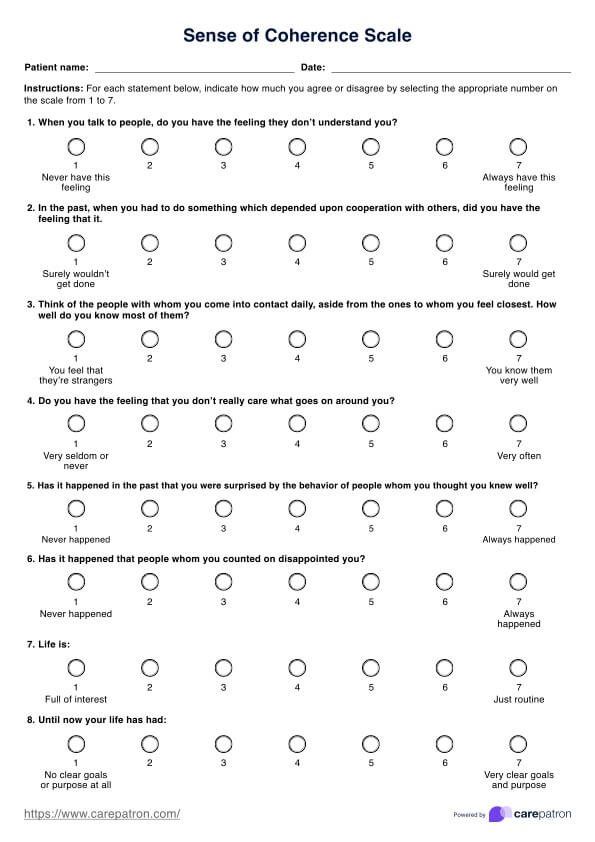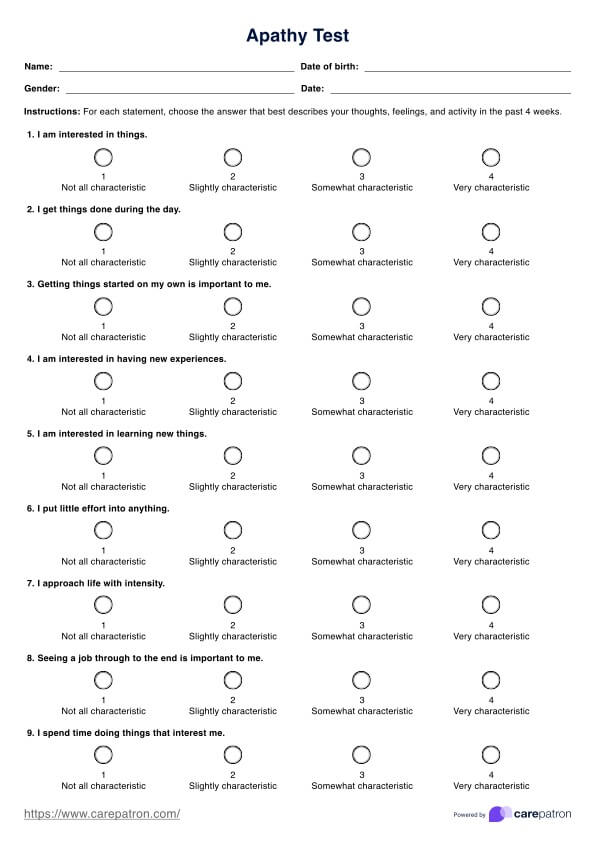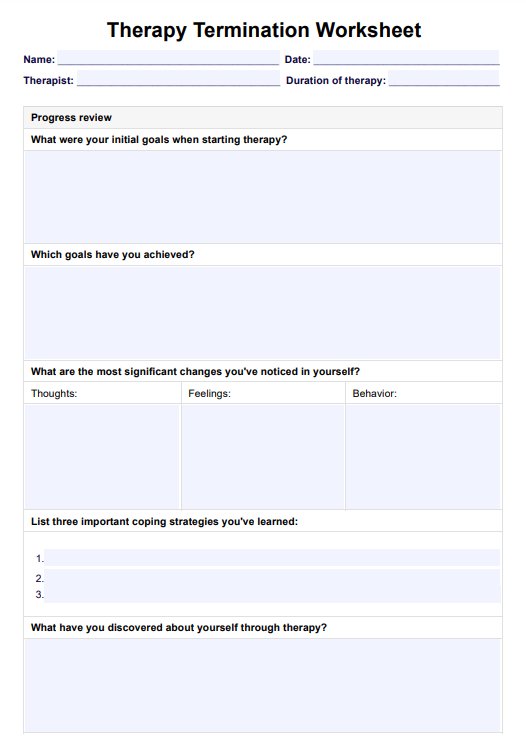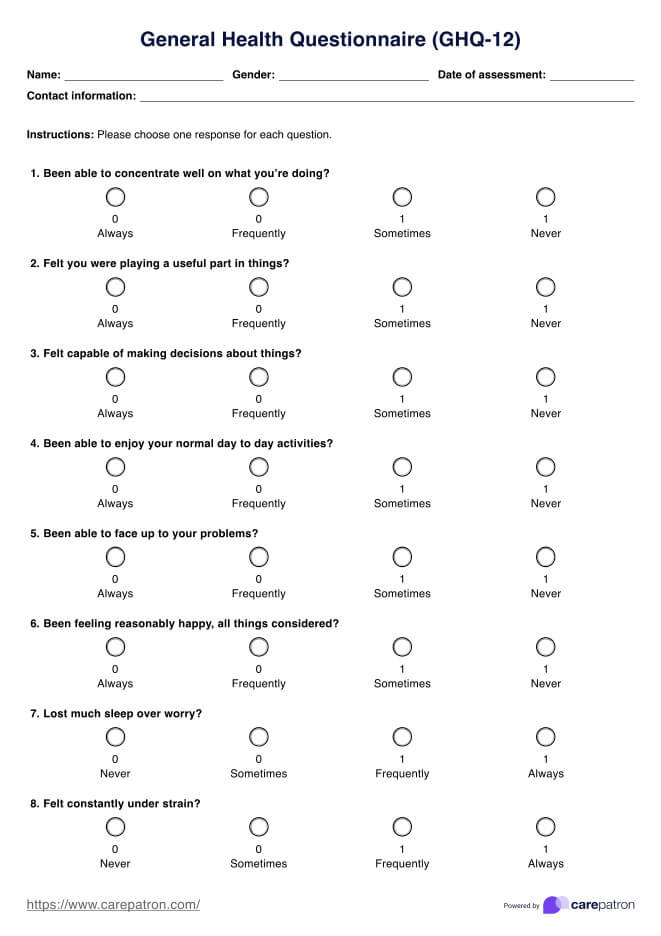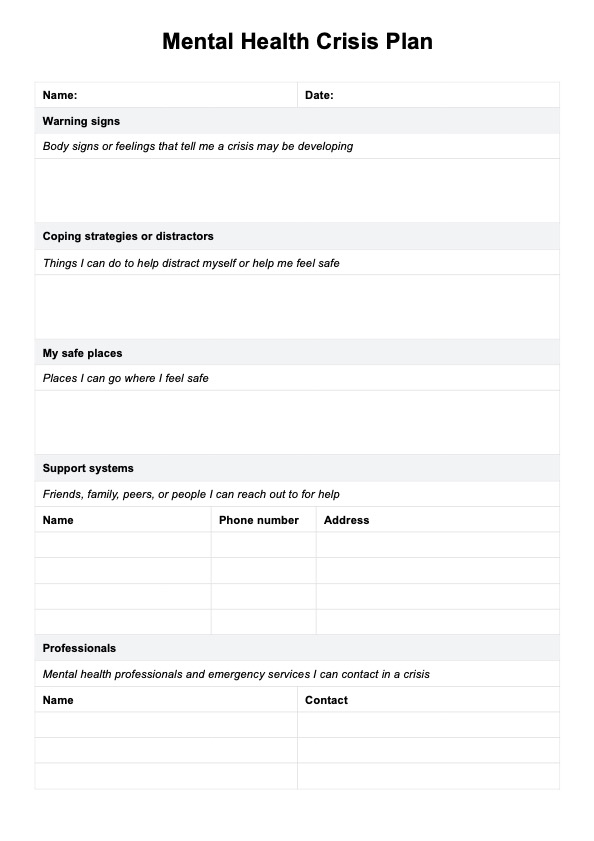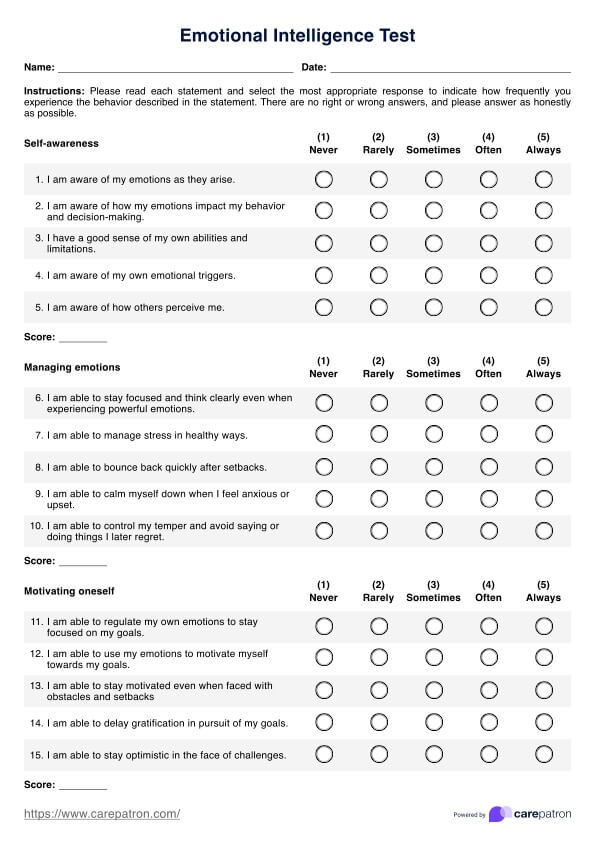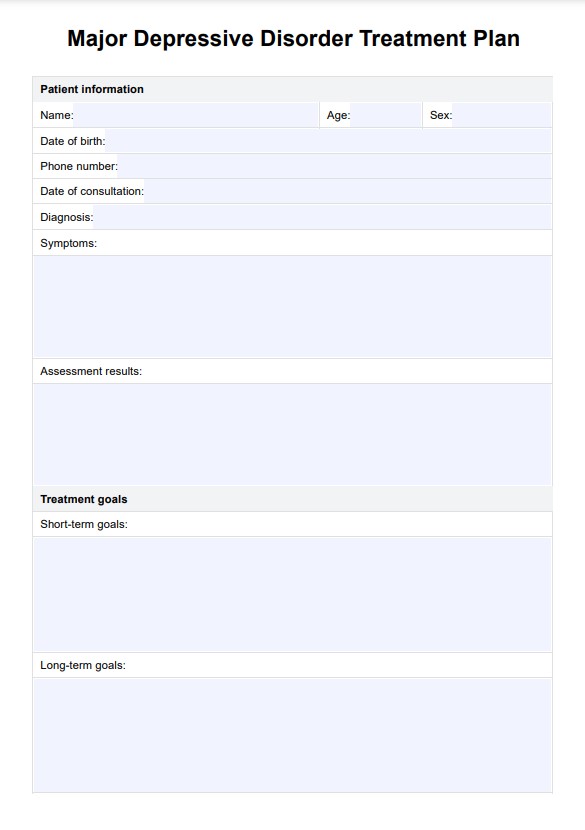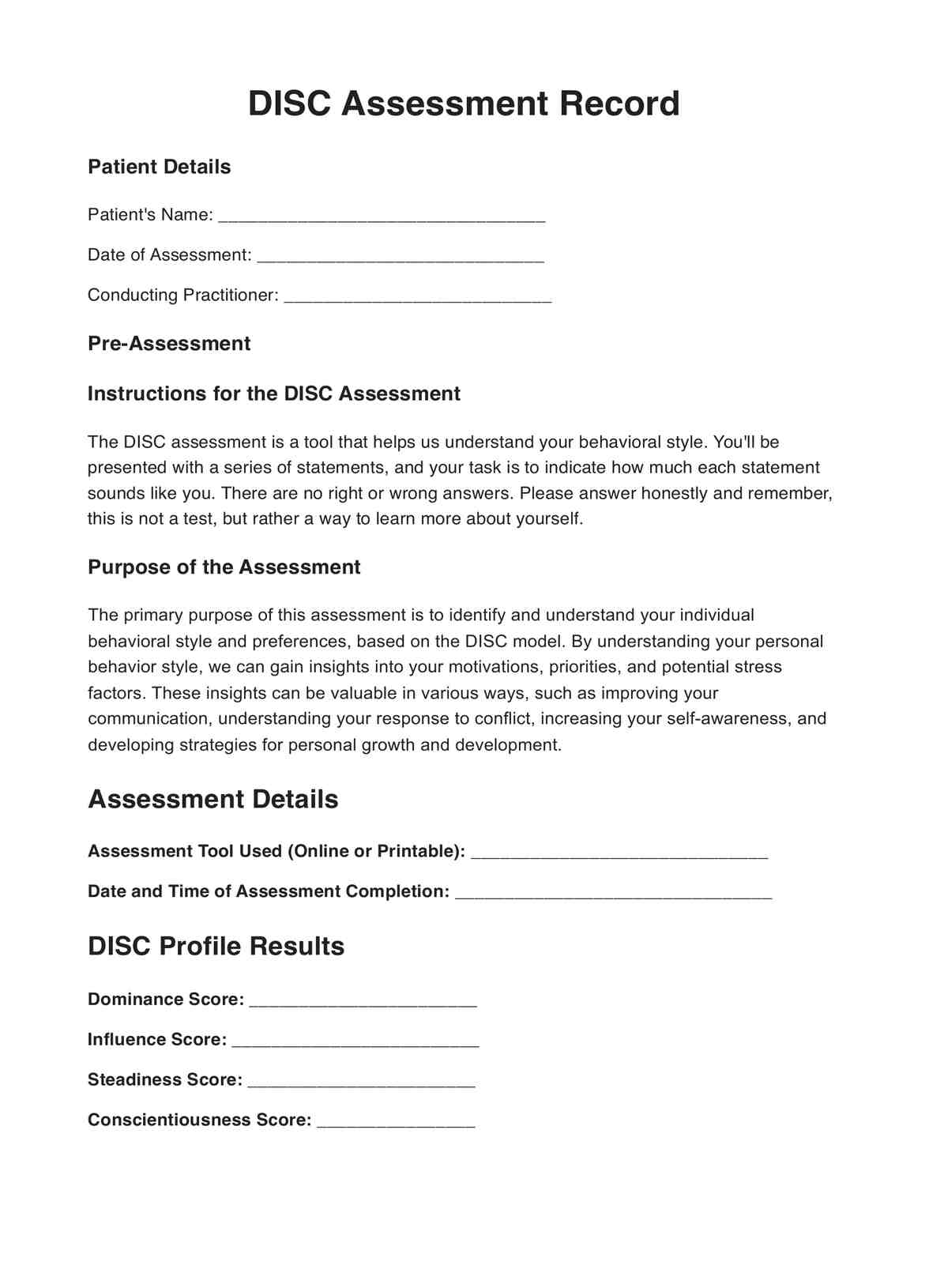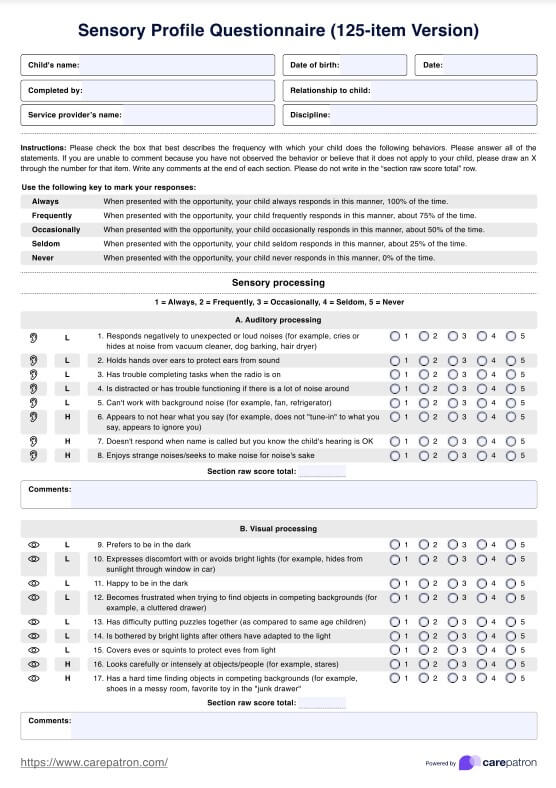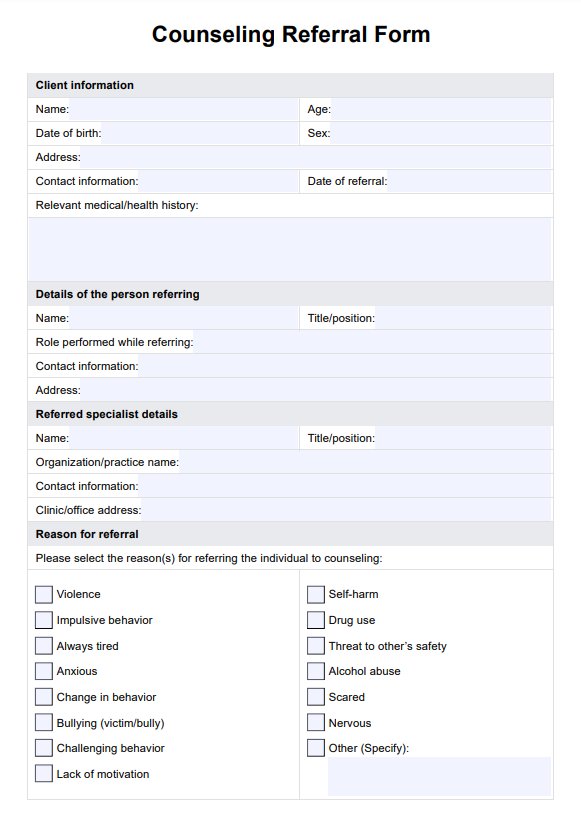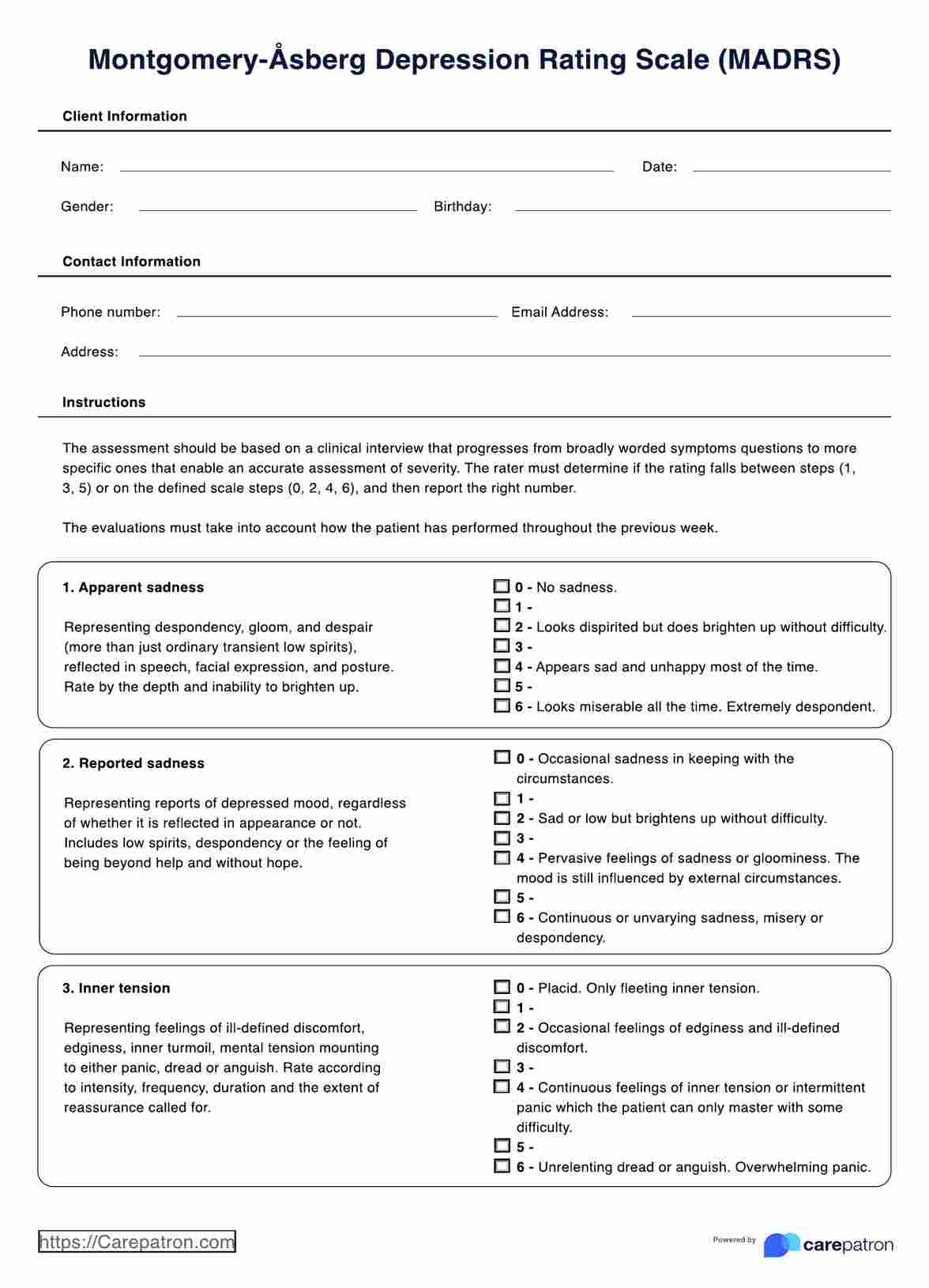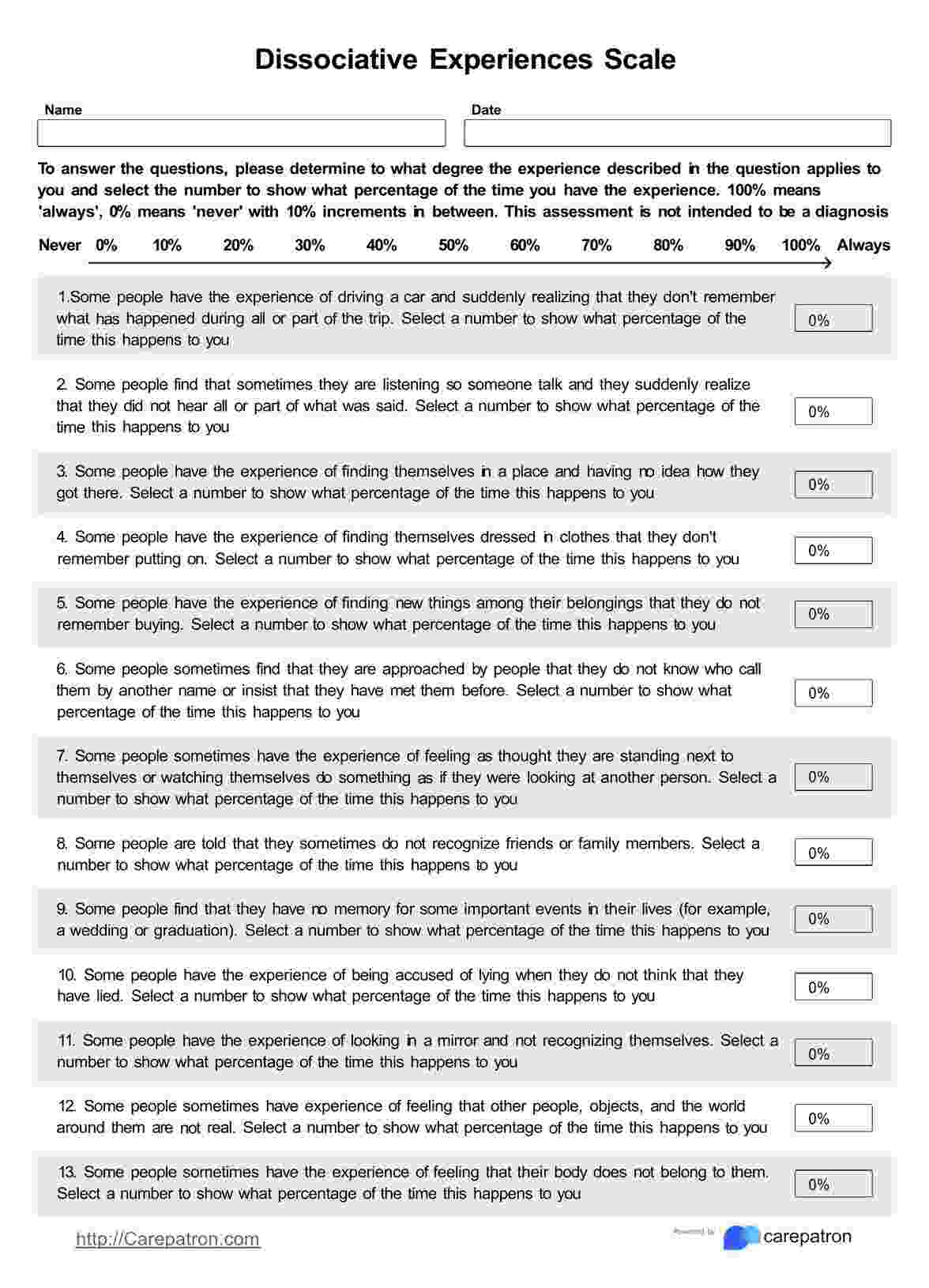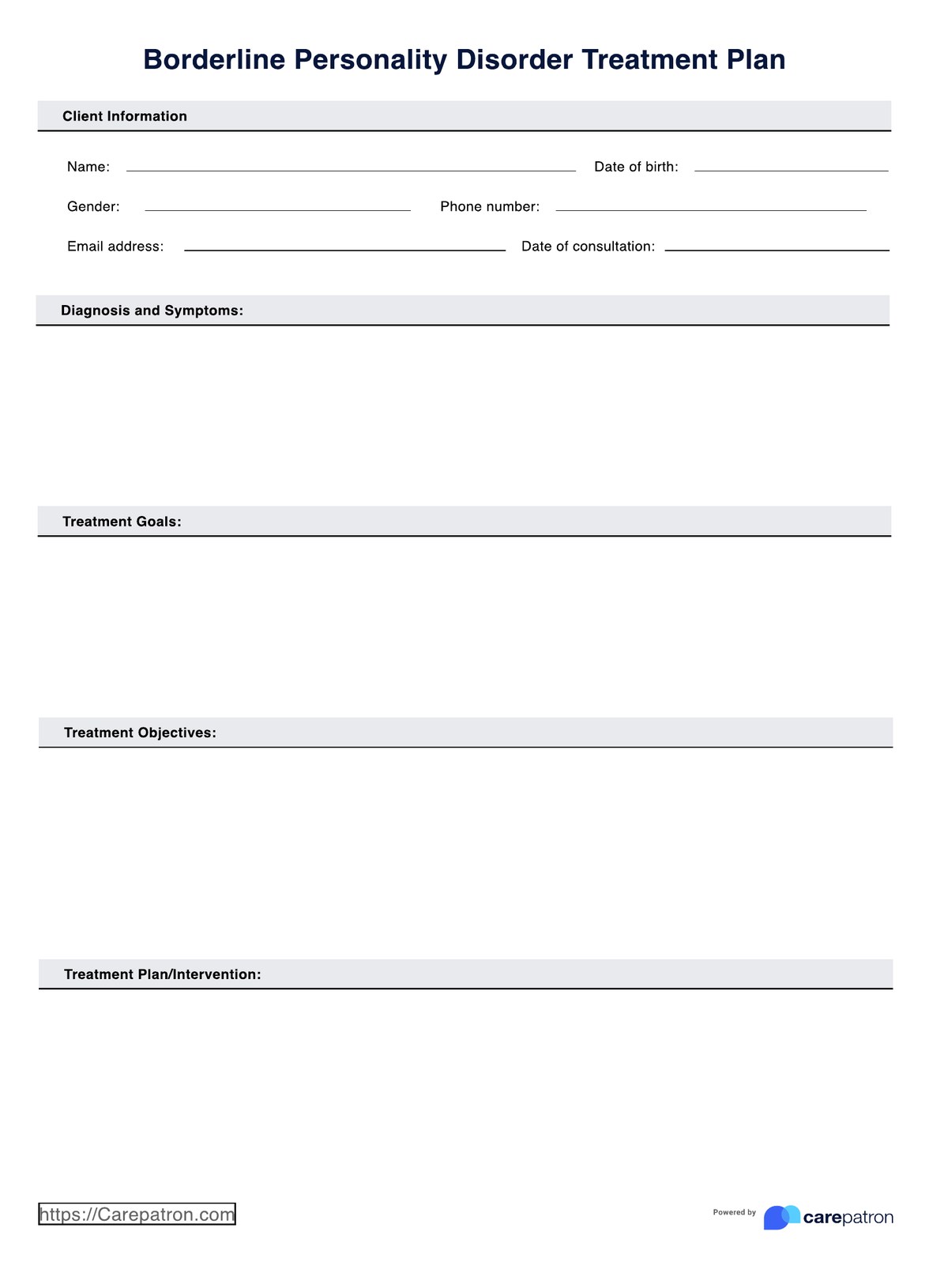Trendelenburg Test
Learn everything you need to know about the Trendelenburg Test, including how to perform it, score it, and interpret the results. Download our free guide now.


What is a Trendelenburg Test?
The Trendelenburg test is a physical examination technique used to assess the strength of the hip abductor muscles and the integrity of the superior gluteal nerve. By evaluating the position of the pelvis during a unilateral stance, this test can identify weakness or compensation of the hip abductor muscles.
A positive Trendelenburg sign is indicated by a dropping of the pelvis on the lifted leg side below the level of the opposite side, while a negative sign is indicated by a rising of the pelvis on the lifted leg side above the level of the opposite side.
The is valuable in diagnosing and managing hip and pelvic girdle pathologies. It is a simple, non-invasive, and cost-effective way to assess hip abductor muscle strength and the integrity of the superior gluteal nerve. Early detection of muscle weakness or nerve dysfunction can help prevent further damage and improve patient outcomes.
Additionally, the Trendelenburg test can be used to monitor the progress of rehabilitation or treatment, allowing healthcare professionals to adjust their approach as needed. Overall, the Trendelenburg test is an essential technique that should be part of every medical professional's assessment toolkit.
Trendelenburg Test Template
Trendelenburg Test Example
How does this Positive Trendelenburg test work?
Performing the Trendelenburg test is relatively straightforward, and it involves the following steps:
Step 1: Ask the patient to stand on one leg
Instruct the patient to stand on one leg, flexing the other at the hip and knee. Instruct the patient to lift one leg up, bending it at the knee to 90 degrees while keeping the other foot planted on the ground.
Step 2: Observe the position of the pelvis.
Stand behind the patient and observe the position of the pelvis. Look at the level of the iliac crest on the side of the lifted leg and the opposite side. Check for symmetry in the height of the iliac crest on both sides.
Step 3: Look for the pelvic drop.
If the pelvis on the lifted leg side drops below the level of the opposite side, it suggests the weakness of the hip abductor muscles on the lifted leg side, and it's considered a positive Trendelenburg sign. The degree of pelvic drop can also be assessed.
Step 4: Look for the pelvic rise.
If the pelvis on the lifted leg side rises above the level of the opposite side, it suggests that the hip abductor muscles on the contralateral side are compensating, and it's considered a negative Trendelenburg sign. Again, the degree of pelvic rise can be assessed.
Step 5: Repeat on the other leg.
Repeat the same steps on the other leg to assess for symmetry. Ensure that the patient performs the same movements with both legs.
Step 6: Record the test results.
After completing the Trendelenburg test on both legs, record the results in the patient's medical record. Indicate whether the test was positive or negative and which leg was affected. Also, record the degree of pelvic drop or rise, if applicable.
By following these steps, you can perform a positive Trendelenburg test to assess the strength of your patient's hip abductor muscles and the integrity of the superior gluteal nerve. Remember to interpret the results with other clinical findings to arrive at a definitive diagnosis.
Scoring
Trendelenburg scoring is a straightforward system that uses a positive or negative scoring method. A positive Trendelenburg test indicates weakness of the hip abductor muscles on the lifted leg side or dysfunction of the superior gluteal nerve, while a negative Trendelenburg test suggests a compensation of the hip abductor muscles on the contralateral side.
When to use these Trendelenburg assessments?
The Trendelenburg test can evaluate patients with suspected hip or pelvic girdle pathology, including a wide range of conditions such as hip arthritis, hip dysplasia, and nerve entrapment syndromes. In these patients, the test can help identify weakness or compensation of the hip abductor muscles, contributing to gait disturbance and falls.
Athletes may also benefit from Trendelenburg testing, particularly those who participate in activities that require a high degree of hip stability and function, such as running, jumping, or pivoting. This test can help identify subtle imbalances or weaknesses in the hip abductor muscles that may contribute to injury or decreased performance.
Elderly patients may also benefit from Trendelenburg testing, as they are at increased risk of falls and gait disturbance. Weakness or compensation of the hip abductor muscles can contribute to this risk, and the Trendelenburg test can help identify these issues early on, allowing for prompt treatment and intervention.
Overall, the Trendelenburg test is valuable for assessing hip abductor muscle strength and integrity. It can be used in various patient populations, from athletes to the elderly, to aid in the diagnosis, treatment planning, and overall patient care. It's essential to perform the test under the supervision of a trained medical professional to ensure the accuracy and reliability of the results.
Who is this Trendelenburg Test PDF for?
The Trendelenburg Test PDF is a useful resource for medical professionals working with suspected hip or pelvic girdle pathology patients. Orthopedists, physical therapists, and sports medicine specialists may find the test particularly useful in evaluating athletes, elderly patients, or those with a history of falls or gait disturbance.
Healthcare students, including medical students, nursing students, and physical therapy students, can also benefit from using the Trendelenburg Test PDF as a learning tool. The template provides a structured, standardized approach to performing and recording test results.
Using the template, students can learn about the proper technique for conducting the Trendelenburg test, interpreting the results, and integrating the findings into a comprehensive patient care plan.
Additionally, anyone who wants to learn more about the Trendelenburg test can use the PDF. This may include patients who are interested in understanding the tests their healthcare provider is performing, caregivers who want to learn more about the tests their loved ones are undergoing, or individuals who are interested in pursuing a career in healthcare.
.png)
Benefits of these free Trendelenburg Test Templates
Using Trendelenburg Test templates provide several benefits for healthcare professionals, including a structured and standardized approach to assessing hip abductor muscle strength. The templates help to identify muscle weakness and compensation in a systematic manner, providing an objective measure of hip abductor muscle function.
Here are some benefits of using our free Trendelenburg Test templates in more detail:
Provides a structured and standardized approach.
Trendelenburg Test templates provide a pre-made structure for healthcare professionals to follow, which ensures that the test is performed consistently and accurately. This standardized approach can be particularly useful for medical professionals new to performing the Trendelenburg test or those who want to ensure their testing is consistent with established protocols.
Helps to identify muscle weakness and compensation.
Trendelenburg Test templates make identifying muscle weakness and compensation easier by providing a clear framework for recording the test results. This can be particularly useful for identifying asymmetries in hip abductor muscle strength, indicating underlying conditions such as hip dysplasia or nerve entrapment syndromes.
Provides an objective measure of hip abductor muscle function.
By recording the test results in a standardized manner, Trendelenburg Test templates provide an objective measure of hip abductor muscle function. This can be useful for tracking changes in muscle strength over time, evaluating the effectiveness of treatments, and communicating with other healthcare professionals.
Can aid in the diagnosis, treatment planning, and overall patient care.
By providing an objective measure of hip abductor muscle function, Trendelenburg Test templates can aid in diagnosing conditions such as hip arthritis, hip dysplasia, and nerve entrapment syndromes. Additionally, these templates can help with treatment planning and overall patient care by providing a clear and consistent record of the patient's hip abductor muscle function.
Saves time and reduces errors.
Trendelenburg Test templates can save time and reduce errors by providing a pre-made template for recording the test results. This can help healthcare professionals to focus on performing the test itself rather than worrying about the accuracy of their notes or calculations.
Can be easily shared with other healthcare professionals.
Trendelenburg Test templates can be easily shared with other healthcare professionals, such as orthopedists or physical therapists, to facilitate communication and collaboration. This can be particularly useful for patients receiving care from multiple providers or requiring a multidisciplinary approach to their treatment.
Also, using the medical record template and care plan template can improve your practice and client experiences.
Commonly asked questions
The Trendelenburg Test was named after German surgeon Friedrich Trendelenburg, who first described it in 1895.
To use the Trendelenburg Test hip, follow the instructions provided in our guide. It involves asking the patient to stand on one leg while observing the position of the pelvis and looking for a pelvic drop or rise.
The Trendelenburg Test is used to test for weakness or compensation of the hip abductor muscles and the integrity of the superior gluteal nerve. It can identify conditions such as hip arthritis, hip dysplasia, and nerve entrapment syndromes.


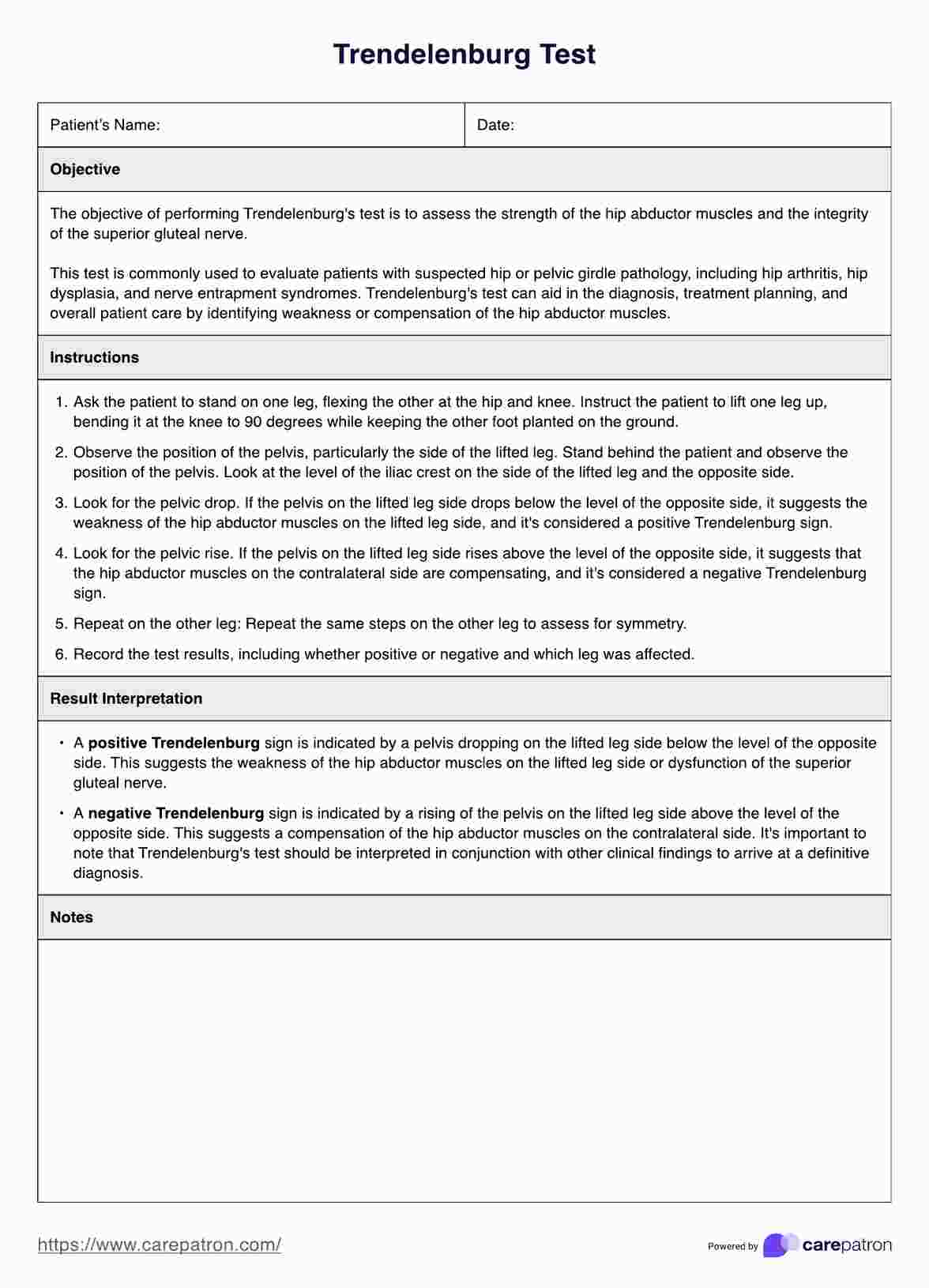
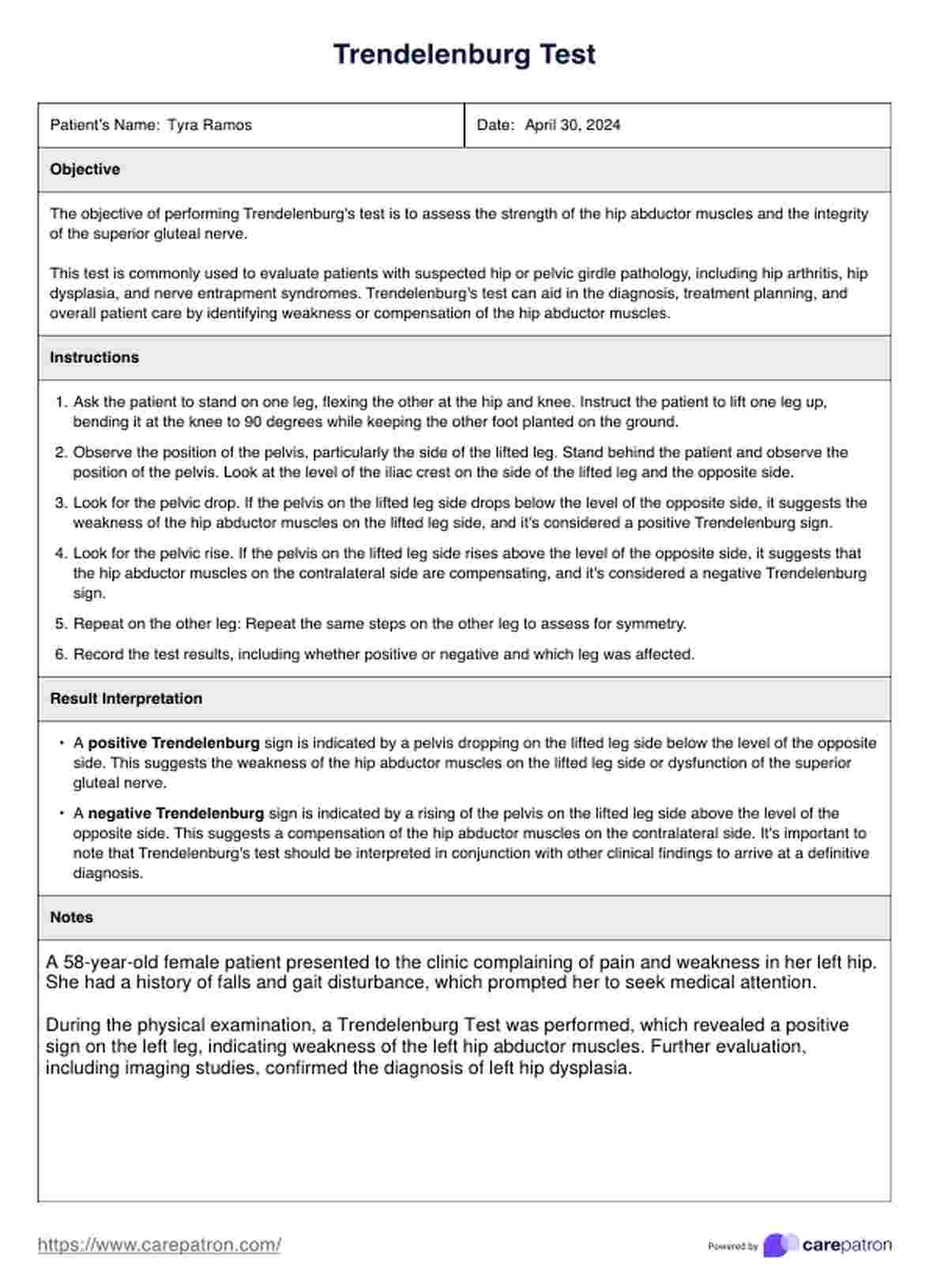

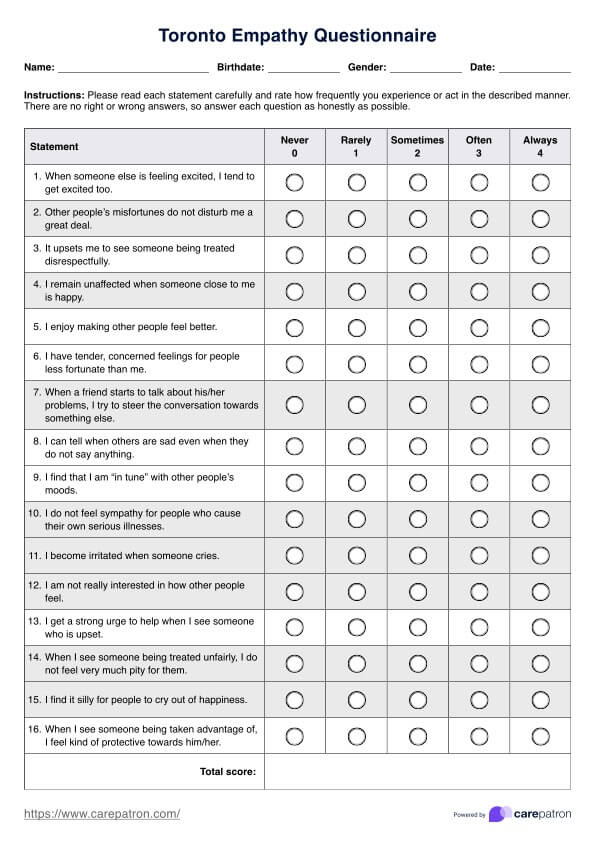
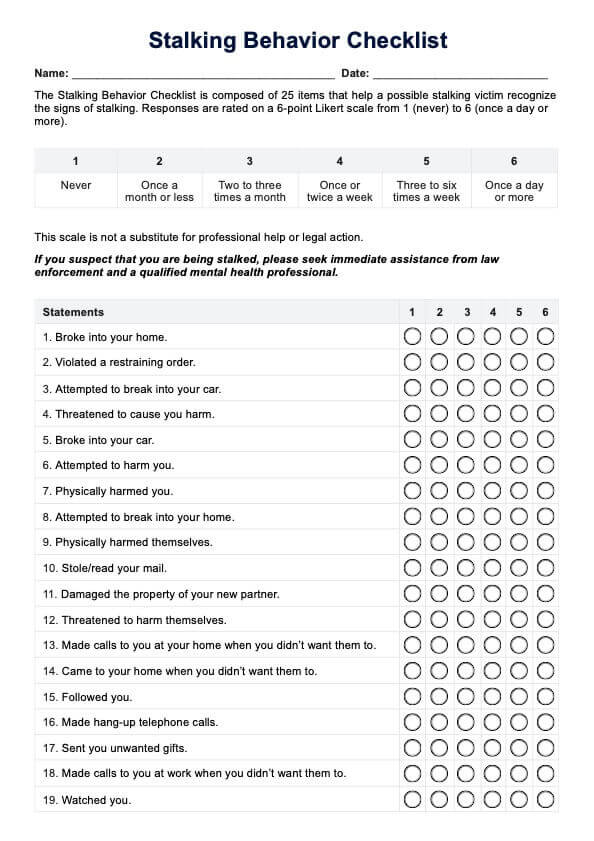
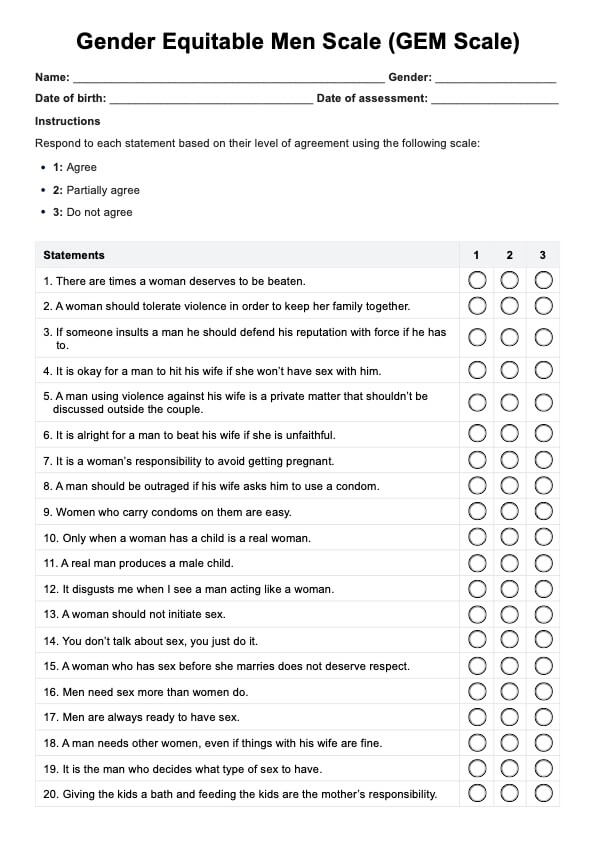










-template.jpg)

















































































